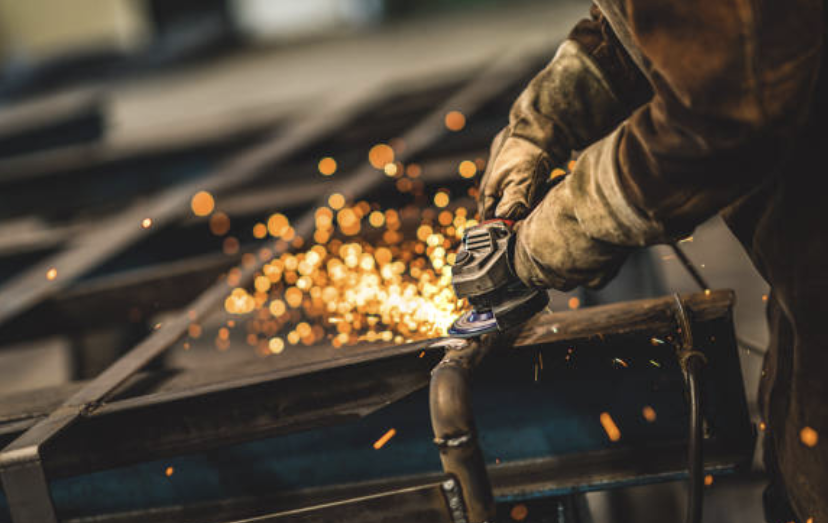
Posted on Tuesday, November 26, 2024
Metal fabrication is a critical process in modern construction, enabling the creation of durable and efficient structures across residential, commercial, and industrial projects. This blog delves into what metal fabrication is, its significance in building projects, and how it differs across various applications. We’ll also answer key questions to provide a comprehensive understanding of this vital industry.
Metal fabrication is the process of cutting, bending, shaping, and assembling metal materials to create components or structures. It involves various techniques such as welding, machining, and forming to transform raw metal sheets or rods into functional products.
Q1: What are the most common metals used in fabrication for construction?
A1: Steel, aluminum, and stainless steel are the most common due to their strength, corrosion resistance, and versatility.
Q2: Why is structural steel preferred in commercial projects?
A2: Structural steel offers high strength-to-weight ratios, making it ideal for large frameworks and high-rise buildings.
Q3: How does metal fabrication differ between residential and industrial projects?
A3: Residential projects focus on aesthetics and lightweight materials, while industrial projects require heavy-duty, corrosion-resistant materials for machinery and infrastructure.
Q4: What is the role of prefabrication in metal fabrication?
A4: Prefabrication involves creating components off-site, saving time and ensuring precision in construction projects.
Metal fabrication is advancing with technologies like automation, robotics, and 3D printing. These innovations are increasing precision, reducing waste, and making fabrication processes faster and more cost-effective.
Metal fabrication is foundational to modern construction, offering unmatched strength, efficiency, and customization. Whether it’s a residential railing, a commercial elevator, or an industrial pipeline, fabricated metal components ensure durability and functionality across all building projects.
By understanding the diverse applications and techniques, architects, engineers, and builders can better leverage metal fabrication to meet project-specific demands.
If you have more questions or need guidance on how to incorporate metal fabrication into your building projects, feel free to contact us!

32/1000 Box Profile Roll Forming Machine – Complete Guide & Specifications
Posted on Sunday, November 16, 2025
High-performance 32/1000 box profile roll forming machine for roofing and cladding. Full specifications, profiles, applications, pricing

PBR / R-Panel Roll Forming Machine – Complete Guide & Specifications
Posted on Sunday, November 16, 2025
PBR / R-Panel roll forming machine for roofing and wall cladding. Full specs, profiles, applications, pricing, and global buying guide. Built to order.

Posted on Sunday, November 16, 2025
How to Diagnose and Fix the Hidden Electrical Problems That Cause Downtime
Copyright 2025 © Machine Matcher.